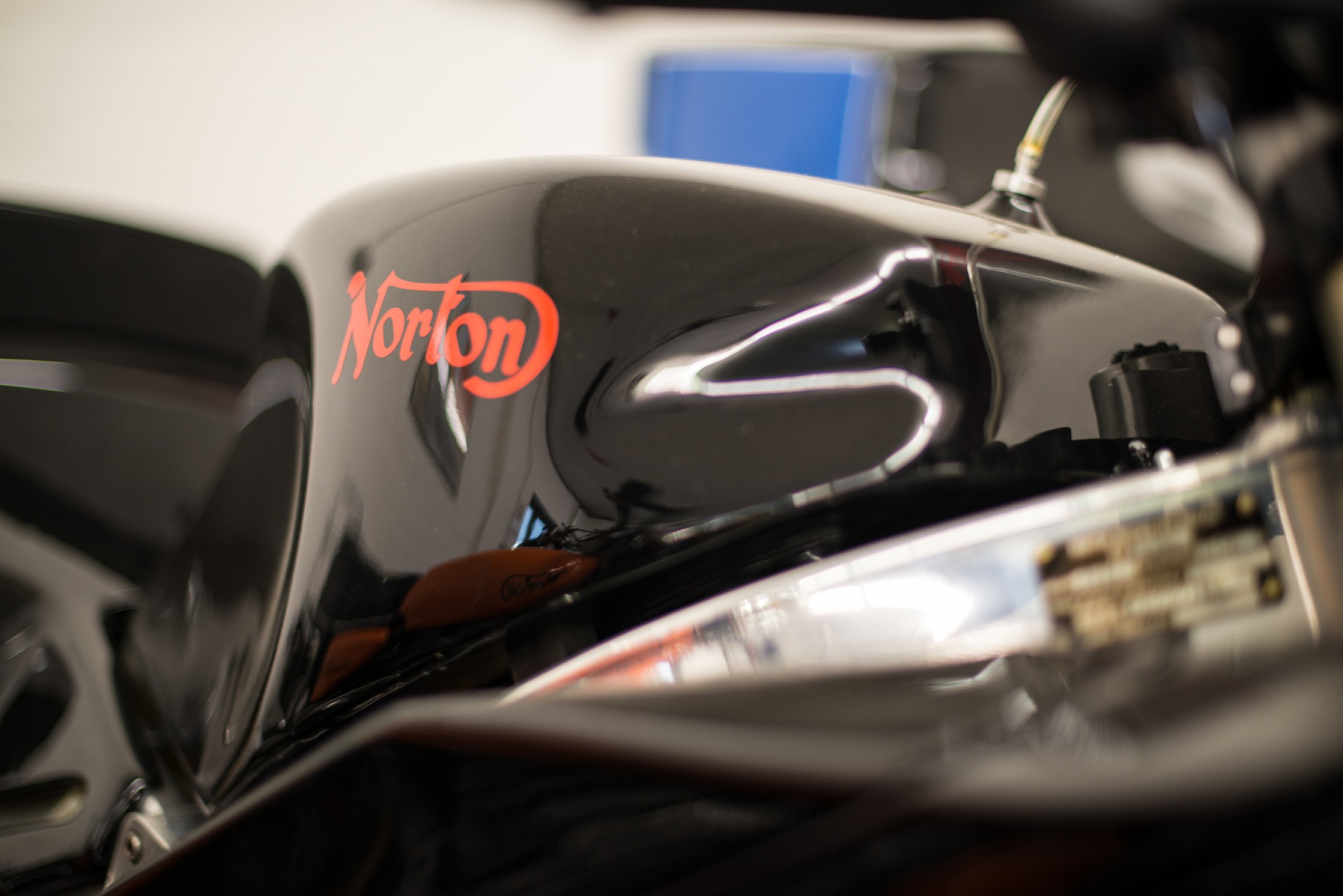- Joined
- Nov 20, 2004
- Messages
- 20,280
A single barb also found. Does not show what bike these are for nor any dimensions.
The flexible rocker feeds were listed under three different rocker feed assembly part numbers; 062168, 065052 and 065561 (Mk3 and latest).
The banjos were not listed separately, however, 065561/3 (barbed double) and 065661/4 (single) have the same part number as the late rocker feed line.

Motorcycle parts and spares for Norton motorbikes - Genuine Andover Norton Spare Parts - Andover Norton Motorcycles Parts - Original Andover Norton Parts
Motorcycle parts and spares for Andover Norton motorbikes: Andover Norton manufactures and supplies all Genuine Factory Spare Parts for Norton motorcycles built before 2002.
andover-norton.co.uk
"OIL PIPE BANJO (SINGLE) 06.5561"


